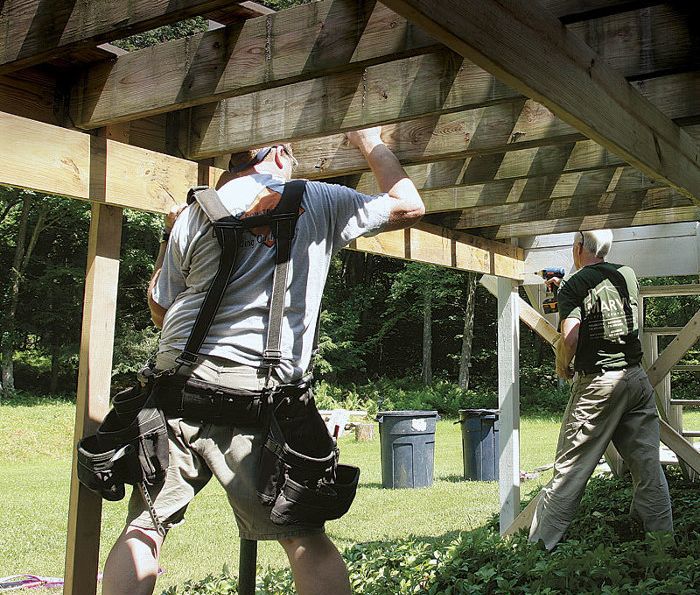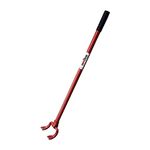First Aid for a Failing Deck
Where Band-Aid solutions won’t work, you might be able to save the frame and make your deck safe again.

Synopsis: The life span of most residential decks is twenty years or less. In this article, veteran carpenter Rick Arnold tunes up an existing deck for safety. He removes the old decking and railing, saving the original deck frame while taking steps to safeguard users from a future deck collapse. Arnold demonstrates efficient demolition, how to retrofit deck flashing and lateral-load anchors, and how to replace the deck’s main beam.
Recently, a friend asked me to give him a hand on a deck remodeling job. We were just going to replace the old decking and railings, but it turned out that the existing structure had the greatest number of issues I have ever seen on a deck. BandAid solutions wouldn’t work here; we had to bring the entire deck up to compliance with current codes.
The problems began at the ground. Over time, the undersize and shallow concrete piers had shifted and sunk down. The 4×4 support columns just sat on top of the concrete piers with no connecting hardware. These 4×4 posts rose up to a 2×8 rim joist that served as a single-member beam to support the outer ends of the joists. That rim joist was not structurally adequate as a beam. In fact, it had sagged considerably as a result of the middle pier sinking down.
The list goes on. Stair risers varied in height by more than 1/2 in., exceeding the code-maximum difference of 3/8 in. and creating a potential fall hazard. Not one of the joist hangers was fastened properly. Where every one of the 18 holes in each hanger should have been filled with a 10d hanger nail, only two to six short roofing nails held each hanger in place. In some places, it appeared that the only thing holding a joist in place was the decking. The ledger was installed directly over the wood siding with no flashing, setting up the potential for rot in the house framing. Once the house framing rots, it can’t support the deck ledger, and the deck can collapse. Additionally, the ledger was held to the house with an insufficient number of lag bolts. Since a leading cause of deck collapse and injury is failure of the connection between the ledger and the house, having an adequate number of bolts is crucial. Finally, there was no lateral-load connection between the house and the deck. Lateral-load connections ensure that the deck can’t pull away from the house and are a relatively recent code requirement.
Other than those problems, the pressure-treated frame of the deck was in good shape and worth saving. We decided that after lightening the deck by tearing off the old railings and decking, we’d support the frame on temporary beams, detach it from the house, and pull the frame away to provide access for flashing and for adding lateral anchors. In the process, we’d address all the other framing issues. The inadequate footings and dangerous stairs we simply replaced.
For photos and information on demo and reinforcing outside beam support, click the View PDF button below.
Fine Homebuilding Recommended Products
Fine Homebuilding receives a commission for items purchased through links on this site, including Amazon Associates and other affiliate advertising programs.

4-Gallon Piston Backpack Sprayer

Angel Guard Deck Demon

Standard Marking Chalk





